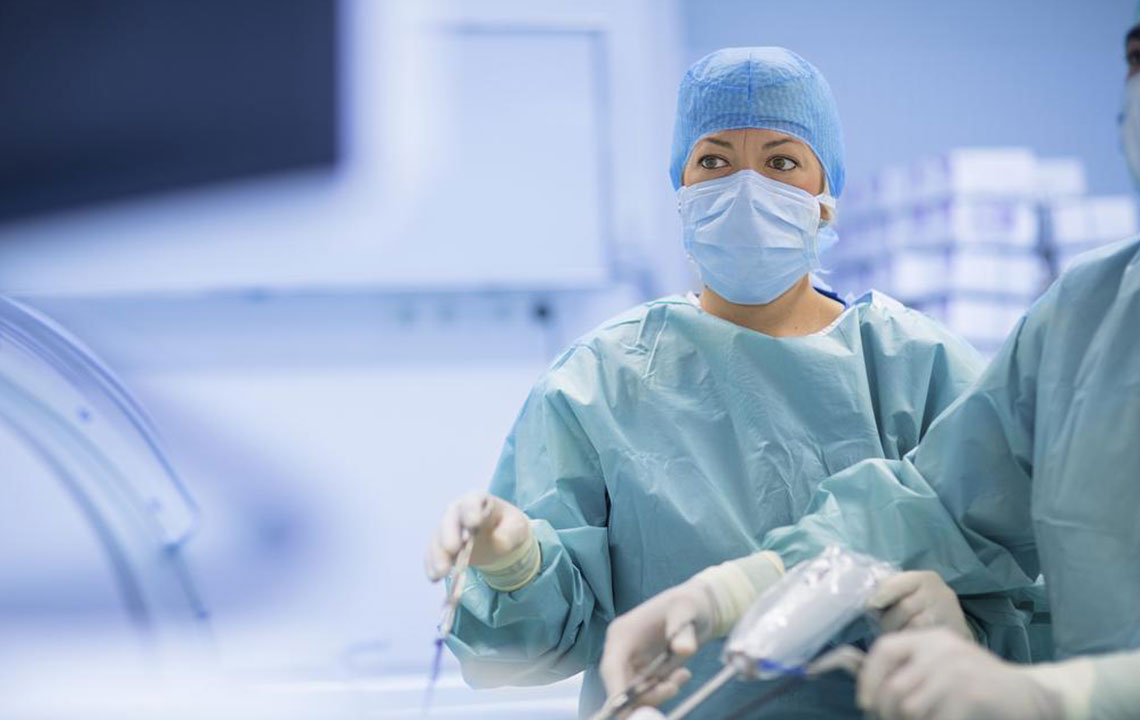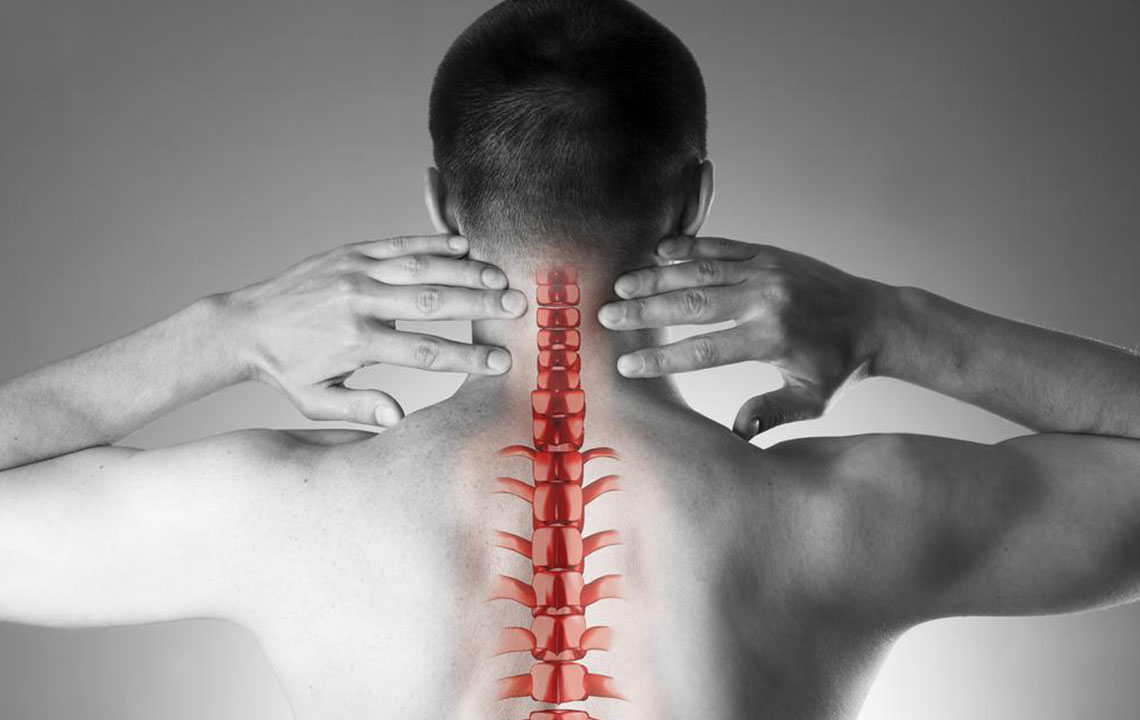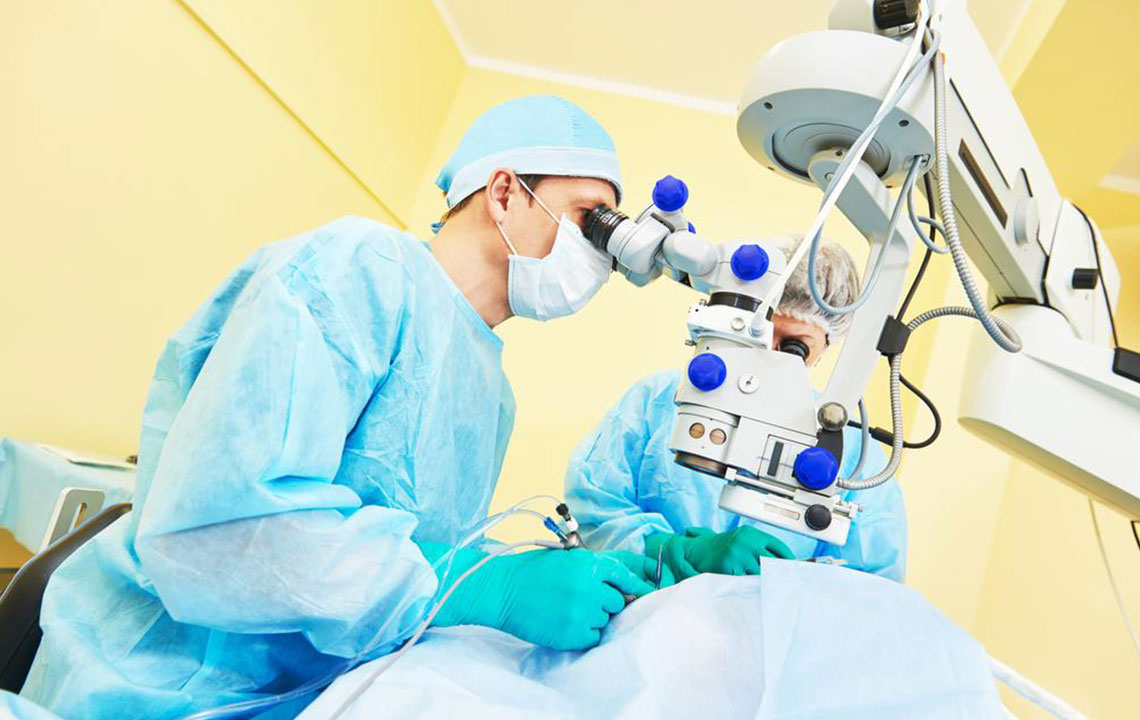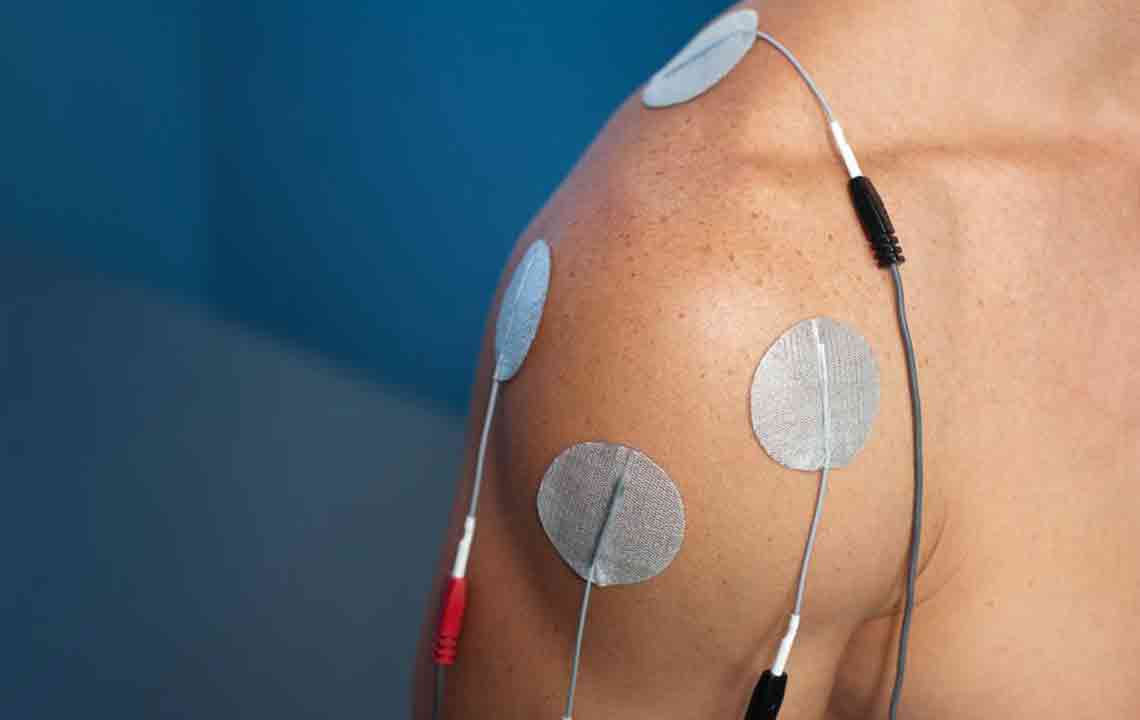Comprehensive Guide to Rotator Cuff Repair Procedures and Recovery Strategies
This detailed guide covers the primary surgical procedures for rotator cuff tears, including open, arthroscopic, and mini-open techniques. It provides insights into each method's advantages, procedural steps, recovery expectations, and factors influencing surgical choice. Ideal for patients seeking comprehensive knowledge about rotator cuff repair options, the article emphasizes effective pre-and post-operative care to ensure optimal recovery outcomes. Updated with the latest surgical advancements, it aims to help patients make informed decisions and understand what to expect from their shoulder repair journey.

Different Surgical Techniques for Treating Rotator Cuff Tears
Rotator cuff tears are a common shoulder injury that can significantly impair mobility and quality of life. The treatment of these injuries typically involves surgical intervention, especially when conservative treatments fail or when the tear is large or complex. This comprehensive guide explores the various surgical options available for rotator cuff repair, detailing their procedures, benefits, and considerations to help patients understand their choices and expectations.
Open Rotator Cuff Surgery
Open surgery remains a traditional approach for repairing extensive or complicated rotator cuff tears. It involves making a sizeable incision over the shoulder, allowing surgeons direct access to the damaged tendons. This method provides a clear view of the injury site and is often preferred when dealing with large tears, extensive tissue damage, or additional reconstructive needs.
During the open procedure, the surgeon carefully separates the shoulder muscles to expose the torn tendons. Damaged tissue is then cleaned and prepared for reattachment. In cases where the torn tendons cannot be directly reattached due to retraction or tissue degeneration, surgeons may resort to tendon transfer techniques. This involves taking tendons from other parts of the body, such as the latissimus dorsi muscle from the back, to restore shoulder function more effectively.
Additionally, the procedure may address other issues surrounding the shoulder, such as removing bone spurs caused by osteoarthritis or repairing associated impingements. Although open surgery can require longer recovery times and hospitalization, it provides a comprehensive approach to severe rotator cuff injuries that might not be manageable through minimally invasive methods.
Arthroscopic Rotator Cuff Repair
Arthroscopic surgery has revolutionized rotator cuff repair thanks to its minimally invasive nature. It is particularly suitable for small to medium-sized tears, offering advantages like reduced pain, smaller scars, and faster recovery times. During arthroscopy, the surgeon makes several tiny incisions through which specialized instruments and a small camera, called an arthroscope, are inserted into the shoulder.
The camera provides a detailed inside view of the shoulder joint on a monitor, enabling precise identification and repair of the torn tendons. Surgeons use small suture anchors to reattach the tendons to the humerus bone, stabilizing the repair. This technique minimizes disruption to surrounding tissues, reduces blood loss, and often results in less postoperative discomfort.
Postoperative rehabilitation is critical, but patients typically experience shorter hospital stays and quicker return to daily activities compared to open procedures. Arthroscopic repair also allows the surgeon to address other shoulder issues, such as minor cartilage damage or loose bodies, during the operation.
Mini-Open Rotator Cuff Repair
The mini-open technique seeks to combine the advantages of both open and arthroscopic surgeries. It involves initial arthroscopic assessment, where the surgeon evaluates the injury, removes any debris, and prepares the tendon. This is followed by a smaller, strategically placed incision to complete the tendon repair, thereby avoiding extensive muscle detachment.
This hybrid approach offers a balance between minimally invasive benefits and direct visualization, making it a good choice for moderately complex tears. It typically results in less postoperative pain and a quicker recovery than traditional open surgery, while maintaining surgical effectiveness.
Deciding on the Best Surgical Method
Choosing the appropriate surgical technique depends on several factors, including the patient's specific injury, overall health, and surgeon expertise. Common considerations include:
Size and location of the tear
Quality of the injured tendons and surrounding tissues
Patient's age and activity level
Potential for tissue healing
Preoperative planning involves imaging studies like MRI scans to assess the extent of injury accurately. Surgeons usually perform thorough cleaning (debridement) of the affected area, removal of inflamed tissue, and creation of sufficient space to prevent postoperative inflammation. The torn tendons are then stitched back to the humerus using durable sutures and anchors.
Most rotator cuff surgeries are outpatient procedures, allowing patients to go home on the same day. Postoperative protocols focus on pain management, immobilization, and preparing the shoulder for gradual rehabilitation. Recovery times can vary based on the method employed and injury severity, but adherence to medical advice significantly improves outcomes.
Preoperative preparation is critical to ensure optimal results. Patients are typically advised to stop certain medications, optimize health conditions like diabetes or hypertension, and rest adequately before surgery. Support from caregivers during early recovery phases helps manage restricted movement and immobilization devices, such as slings or braces.
Rehabilitation involves a structured shoulder exercise program designed to restore strength, flexibility, and function. Physical therapy starting soon after surgery emphasizes passive movements initially, progressing to active and resistive exercises as healing allows. Patience and consistent adherence to therapy are essential to regain normal shoulder mobility and prevent re-injury.
Understanding the various surgical options and following medical instructions ensures the best possible recovery from rotator cuff injuries. Advances in surgical techniques continue to improve success rates and reduce recovery times, helping patients return to their active lifestyles with minimal discomfort and optimal shoulder function.





